Optimal Timing for Foundation Repairs
Understanding the optimal time for foundation repairs is essential to ensure stability and prevent further damage. The best time depends on weather conditions, soil moisture levels, and the severity of foundation issues. Proper timing can enhance repair effectiveness and reduce costs.
Spring offers moderate temperatures and soil moisture, making it suitable for foundation work. However, fluctuating weather can sometimes cause delays.
Dry and warm summer months allow for quicker repairs, but excessive heat and dry soil may complicate certain foundation stabilization methods.
Fall provides cooler temperatures and stable soil conditions. Preparing foundations before winter can prevent further damage during cold months.
Winter is generally less ideal due to freezing temperatures and frozen ground, which can hinder excavation and foundation work.
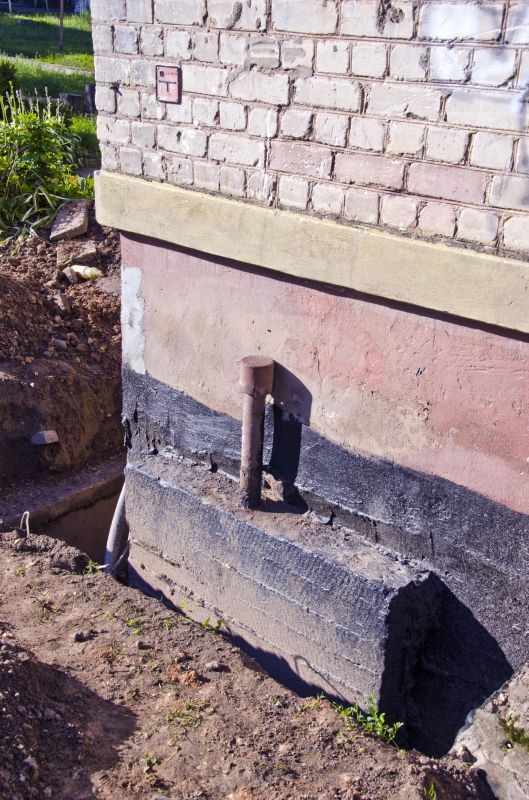
A contractor stabilizing a foundation during favorable weather conditions.

Soil assessment and stabilization techniques used before foundation repair.
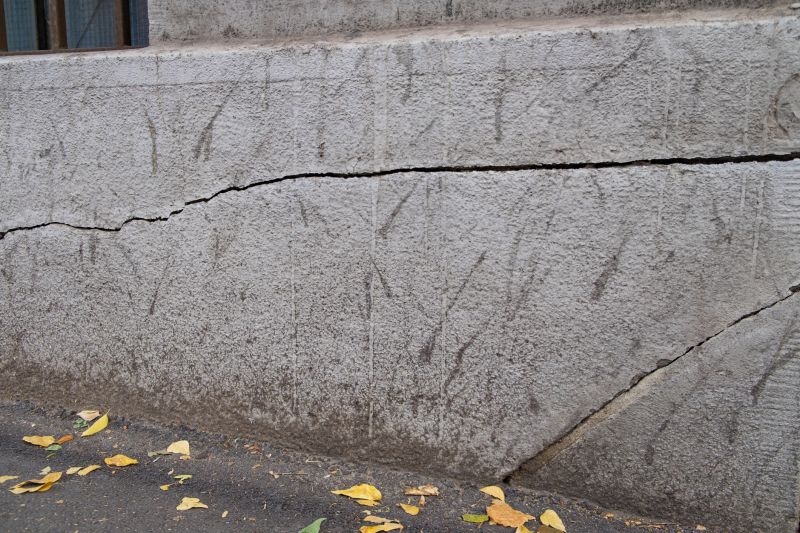
Visible cracks indicating the need for timely foundation intervention.

Ways to make Foundation Repairs work in tight or awkward layouts.
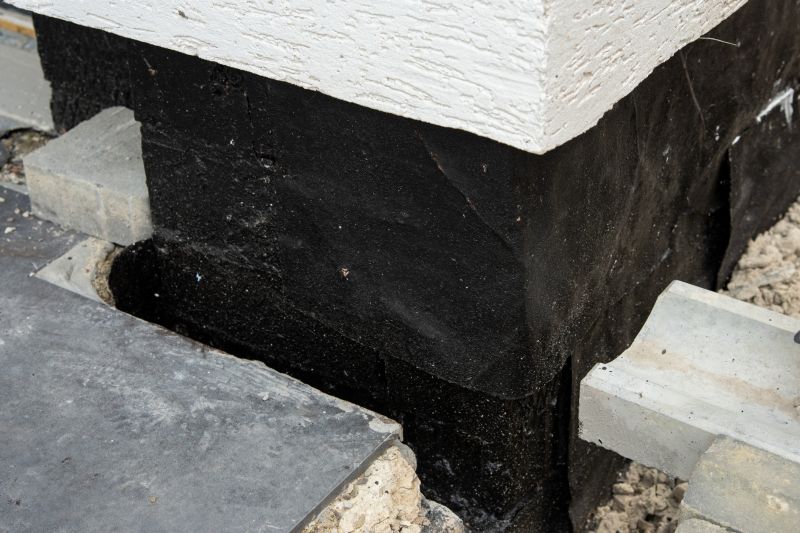
Popular materials for Foundation Repairs and why they hold up over time.
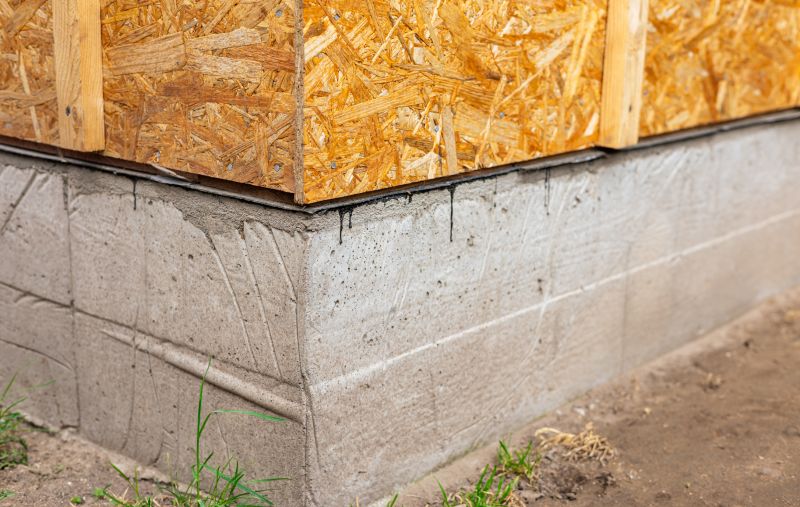
Simple add-ons that improve Foundation Repairs without blowing the budget.
| Season | Best Time for Foundation Repairs |
|---|---|
| Spring | Ideal due to moderate weather and soil moisture |
| Summer | Suitable when temperatures are manageable and soil is not overly dry |
| Fall | Optimal before winter with stable ground conditions |
| Winter | Generally not recommended due to freezing temperatures |
| Late Spring/Early Fall | Most favorable periods for foundation work |
Foundation repairs are critical for maintaining the structural integrity of a property. Common issues include cracking, shifting, and settling, often caused by soil movement, moisture changes, or poor construction. Addressing these problems promptly can prevent more extensive damage and costly repairs. Proper timing, based on weather and soil conditions, enhances the effectiveness of repair methods such as underpinning, mudjacking, or piering. Regular inspections can identify early signs of foundation issues, allowing for timely intervention.
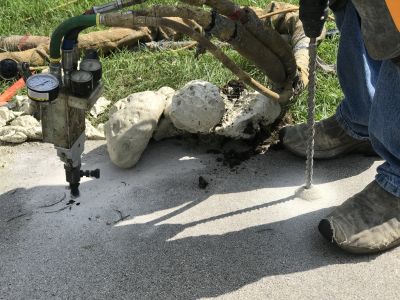
Specialized tools used in foundation stabilization projects.
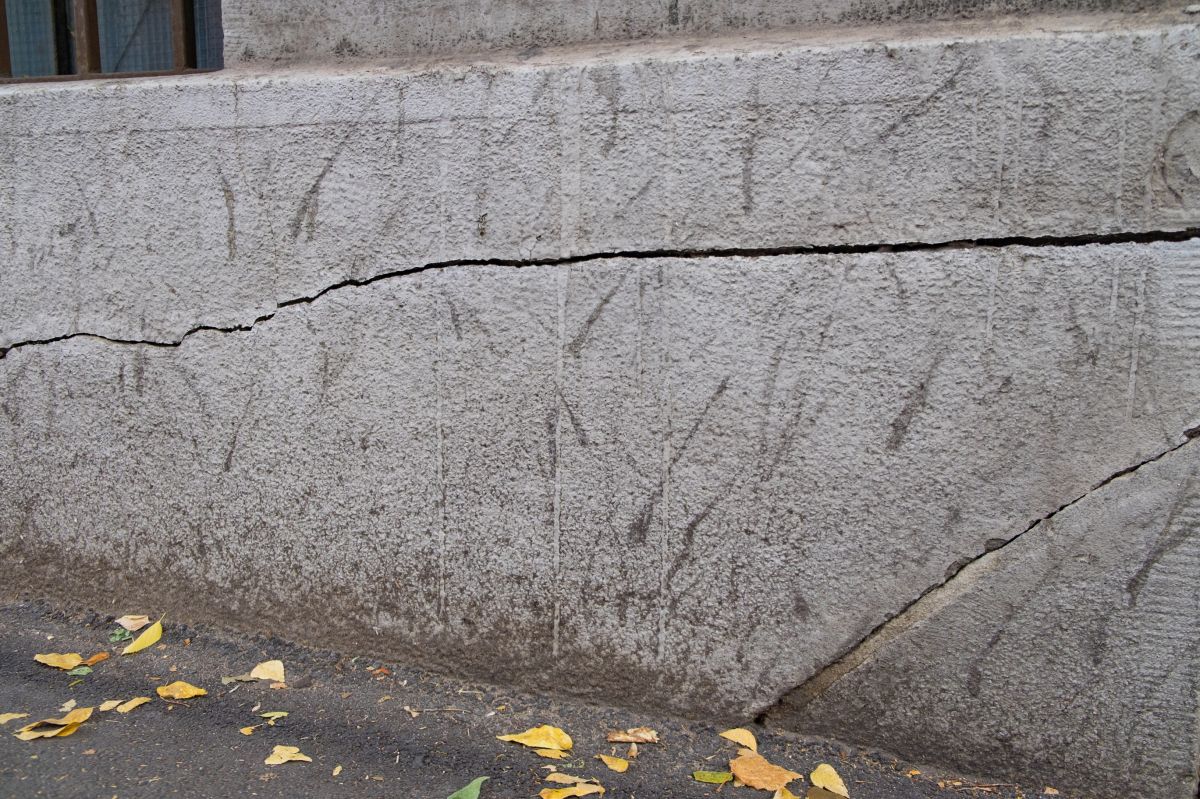
A wall showing signs of foundation settlement.

Installing supports beneath a foundation to restore stability.
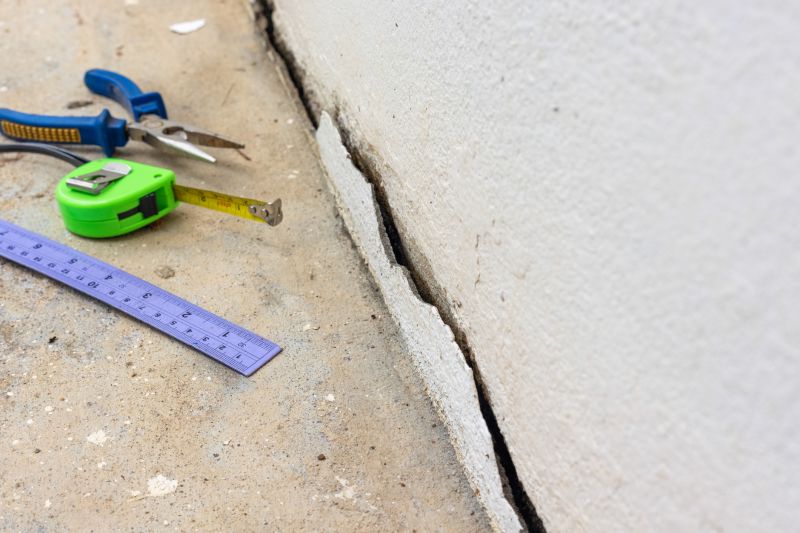
Assessing soil conditions to determine appropriate repair methods.
Interested property owners can contact for more information or to schedule a foundation assessment. Timely repairs can help maintain property value and safety. Fill out the contact form to discuss options and receive a detailed evaluation tailored to specific foundation needs.

